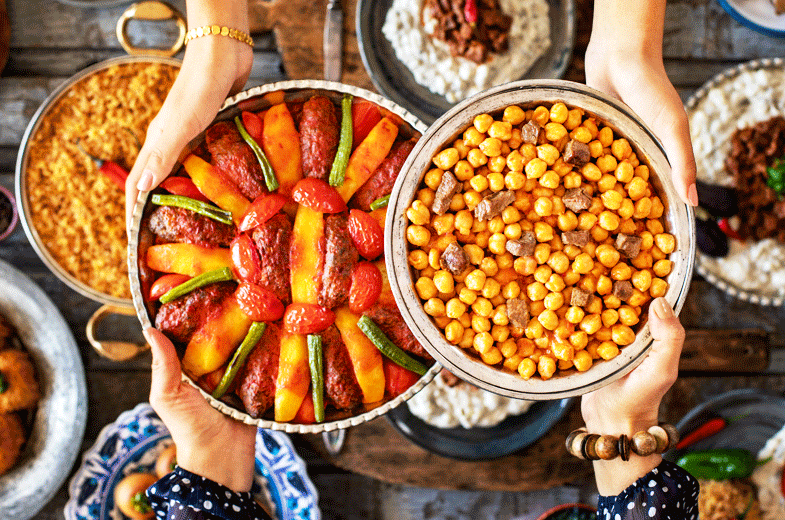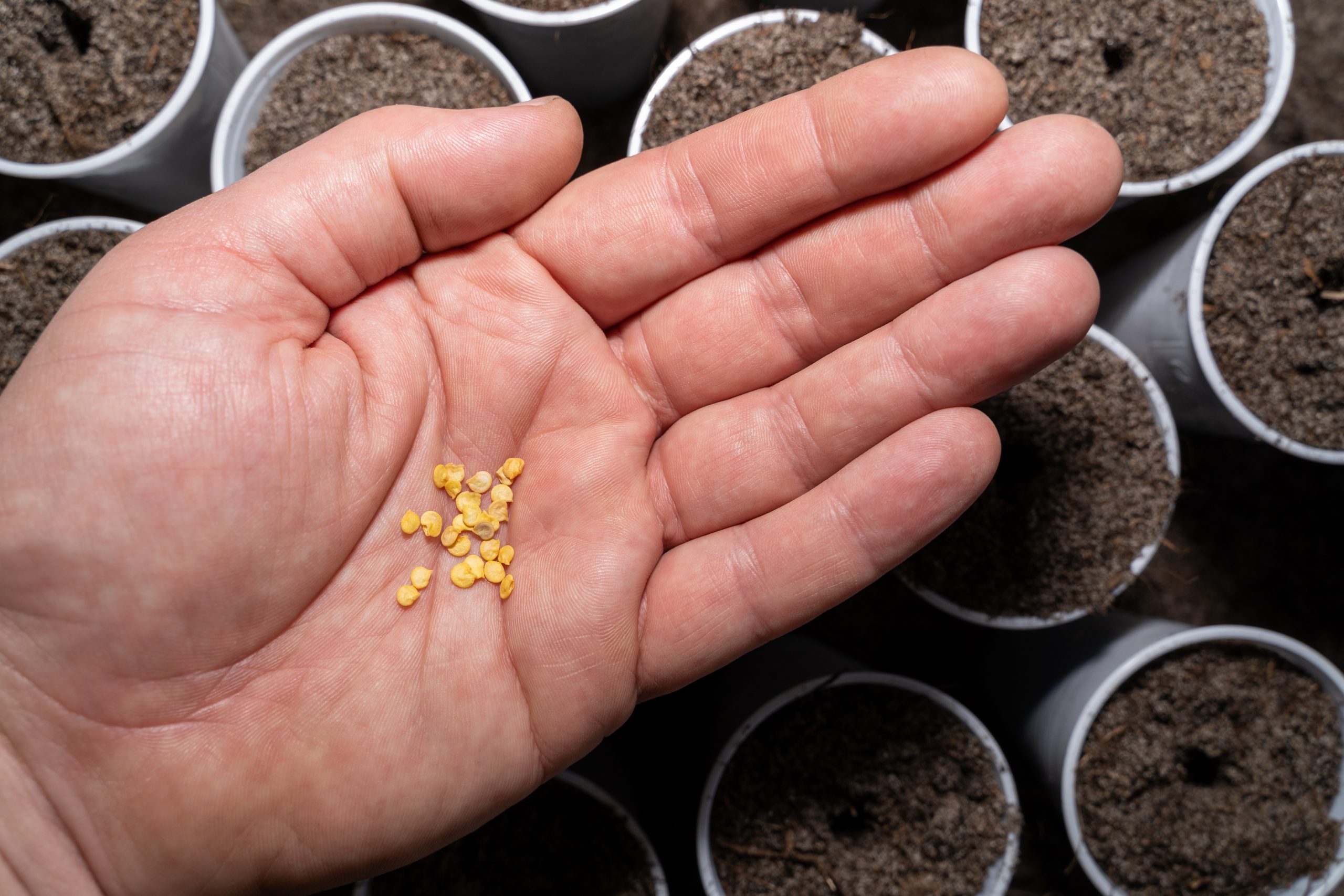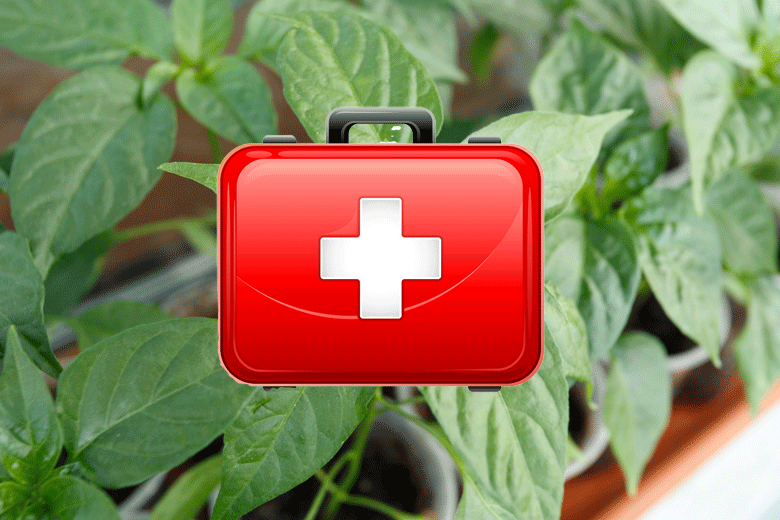
Distorted growth
I have a batch of chilli seedlings that are not thriving as well as the others I planted at the same time. They are small and exhibit stunted growth, showing signs of various nutrient deficiencies. These deficiencies include yellowing at the leaf edges (leaf margin chlorosis) and browning at the tips of the leaves. To address this issue, I have decided to conduct an experiment using a multi-pronged approach.
Considering that the stunted growth could be attributed to various factors such as seed viability, watering, lighting, pests (like aphids), and the mentioned nutrient deficiencies, I will systematically tackle each potential obstacle to promote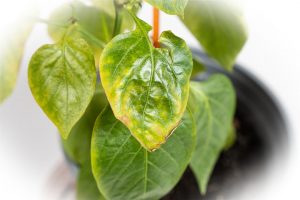 healthier growth in these plants.
healthier growth in these plants.
While there is not a lot I can do if the initial problem was seed viability I will do everything I can to see if it is possible to address the other potential causes
Firstly, I will ensure that the plants are free of aphids. I plan to wash them thoroughly and apply an aphid treatment to keep them aphid-free for a while.
Next, I will change the potting soil, making sure the pH falls between 5 and 6, as Chilli plants prefer slightly acidic soil. Alongside this, I will treat the seedlings’ roots with an inoculant of mycorrhizal fungi, which can enhance nutrient uptake by establishing a beneficial relationship with the plant roots. In this way, I hope that the plants will rapidly absorb the nutrients I will be feeding them and go on to recover and become healthy plants

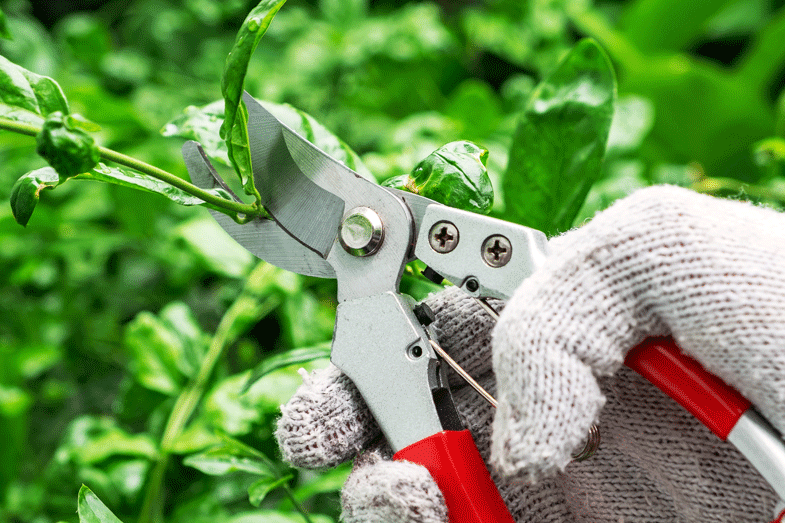 Benefits of topping
Benefits of topping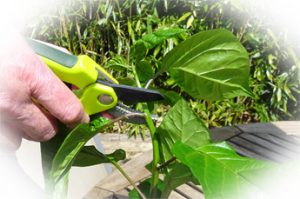
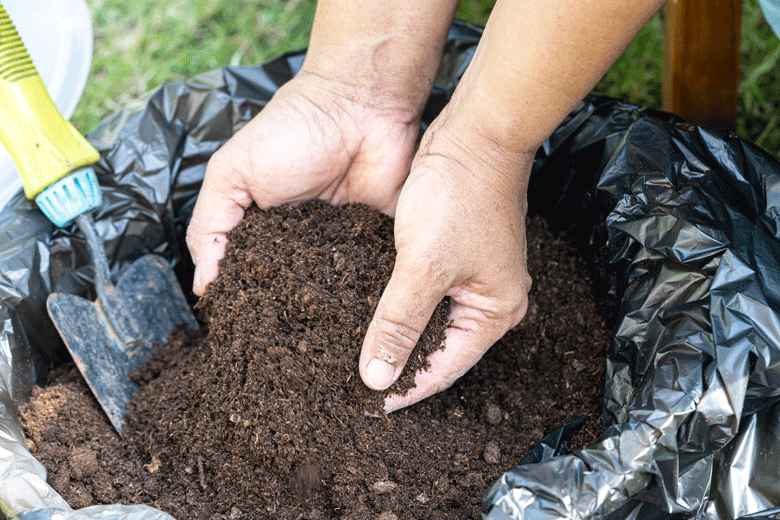 The perfect recipe
The perfect recipe of your
of your 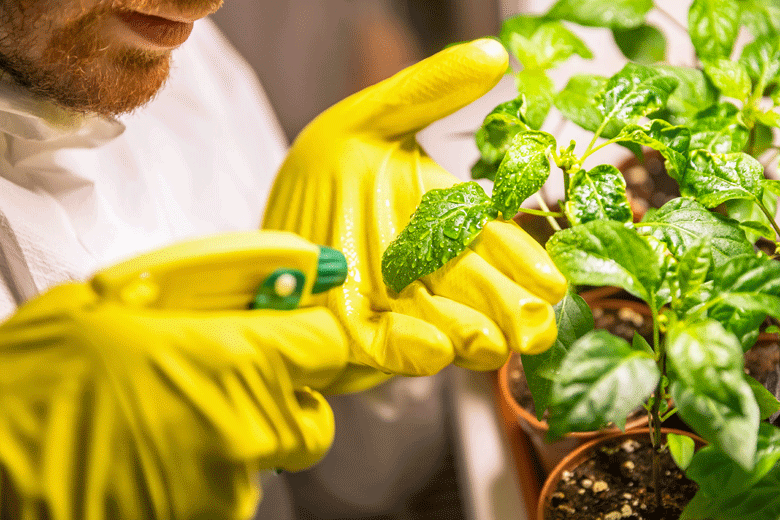
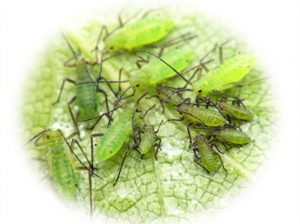 blog post, we will delve into a variety of effective strategies to help you combat aphids on your chilli plants, ensuring they thrive and reward you with a vibrant and abundant
blog post, we will delve into a variety of effective strategies to help you combat aphids on your chilli plants, ensuring they thrive and reward you with a vibrant and abundant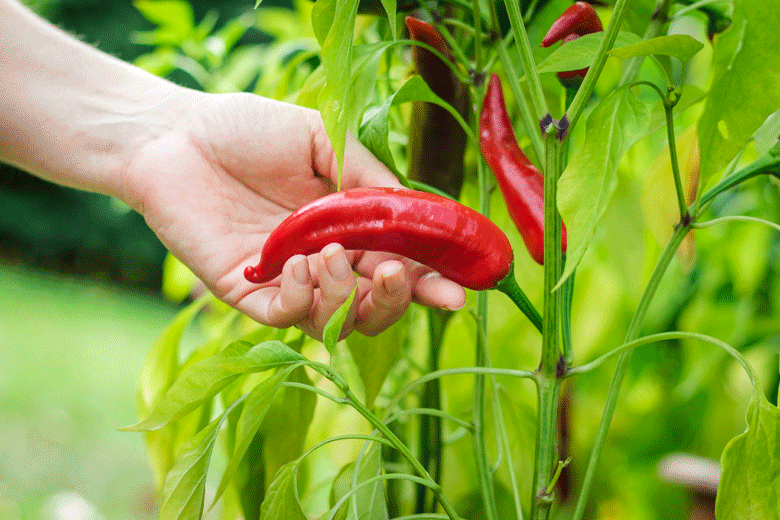 Let’s make it happen!
Let’s make it happen!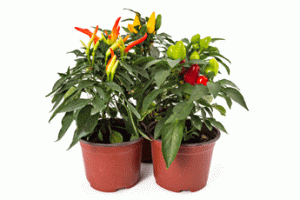
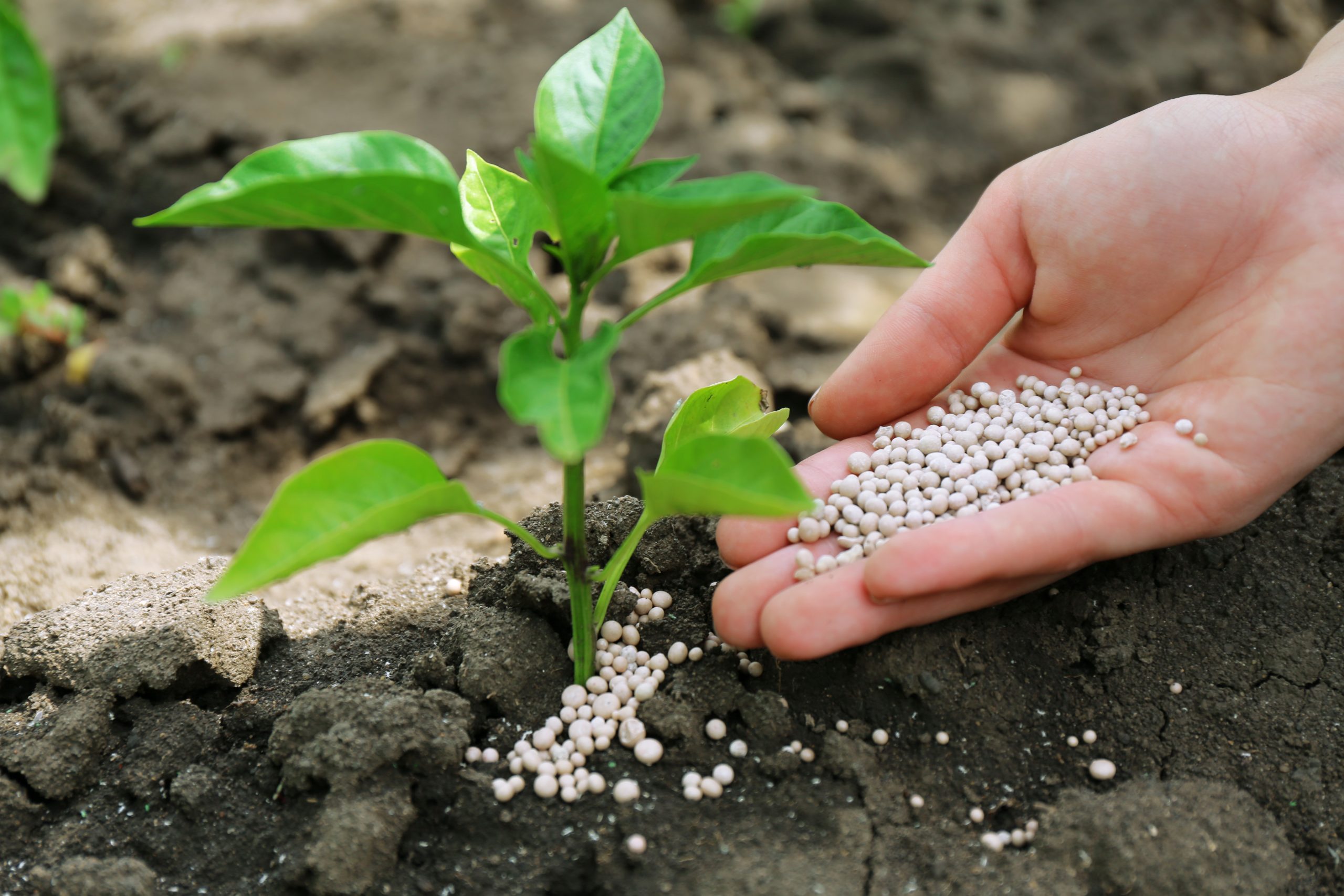 A well rounded program
A well rounded program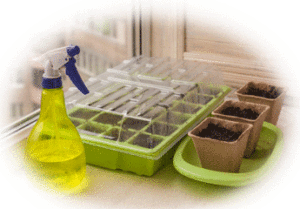
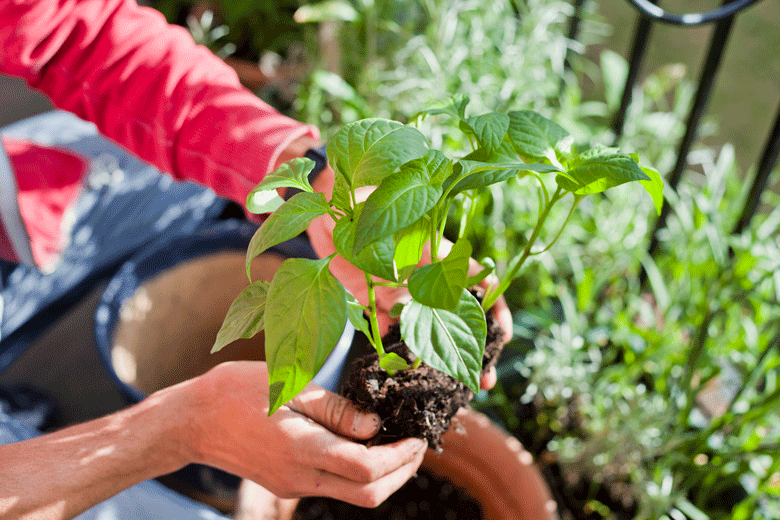
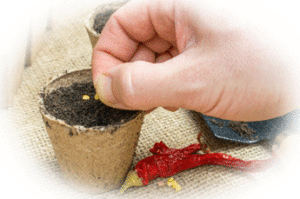 worthwhile investment when considering the time, effort, and resources you will dedicate to cultivating your Chilli plants.
worthwhile investment when considering the time, effort, and resources you will dedicate to cultivating your Chilli plants.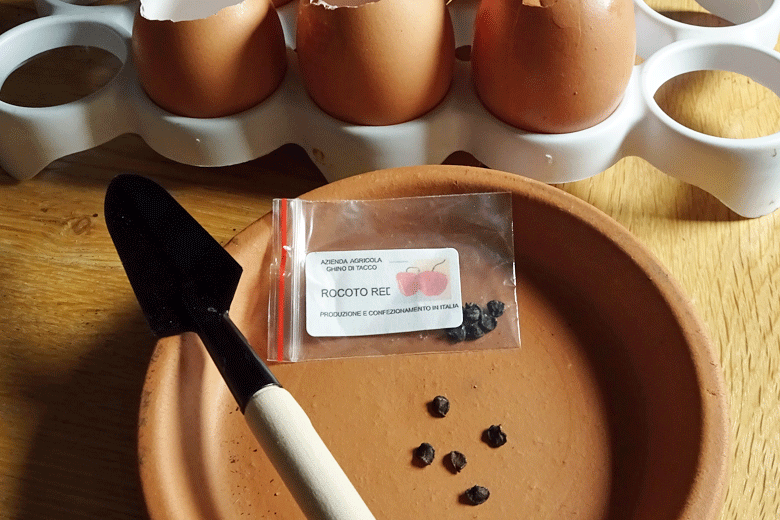
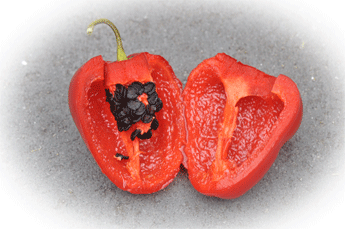 first opportunity will be potted on for the last time,
first opportunity will be potted on for the last time, 